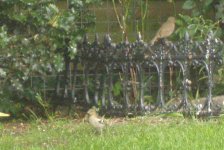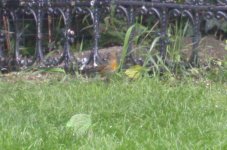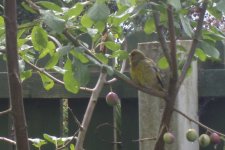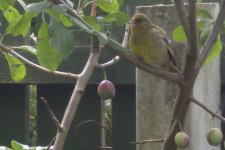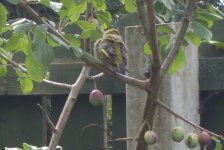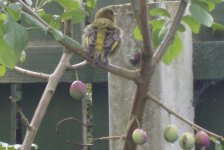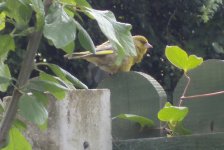Colour ringed Sanderling
I had a colour ringed Sanderling at Baltray a few weeks back. An interesting story...........
Dear Peter,
I received an observation of a colour-ringed sanderling via Colin
Corse. Becuase I have been away to NE Greenland for my sanderling
studies, I have not been able to get back to you about this
observation earlier than today. Excuses for that. Interestingly, this
bird has been ringed by us in Greenland this summer. The bird was
called "Martin" after Martin Poot, who is part of the Sanderling
project team of the International Wader Study Group.
Its nest with four eggs was found on 27 June. On that day we caught
and colour-ringed sanderling "Luisa", its partner. "Martin" himself
was caught on 2 July. Unfortunately we found their empty nestcup on 6
July after a fox had visited the nest cup. Amazing that a week later
the bird is already on its return to its wintering area, as confirmed
by your observation.
If you are interested in reading more about our sanderling research,
you can visit our website:
http://www.waderstudygroup.org/res/project/sanderling.php
Also, I have attached a recent article published in the Wader Study
Group Bulletin that may be of interest to you.
I look forward to hear from you in the future if you have observed a
colour-ringed sanderling again.
with kind regards,
Jeroen Reneerkens






